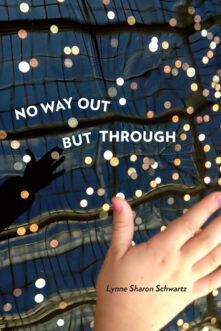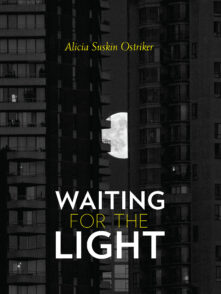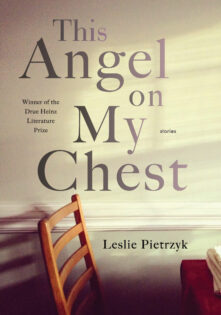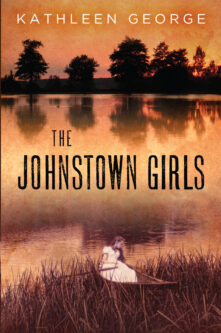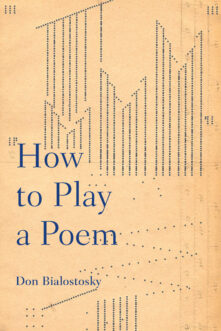Books

Jackknife
New and Selected Poems

Instill and Inspire
The John and Vivian Hewitt Collection of African-American Art
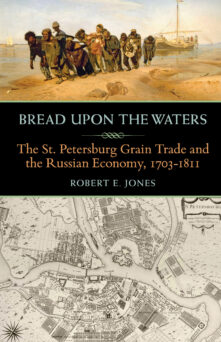
Bread upon the Waters
The St. Petersburg Grain Trade and the Russian Economy, 1703-1811
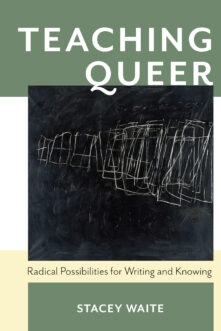
Teaching Queer
Radical Possibilities for Writing and Knowing
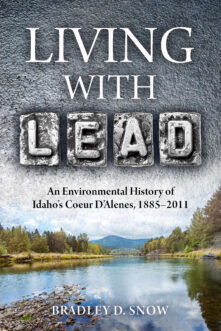
Living with Lead
An Environmental History of Idaho's Coeur D'Alenes, 1885-2011
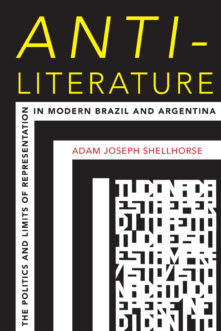
Anti-Literature
The Politics and Limits of Representation in Modern Brazil and Argentina
Total 1551 results found.


